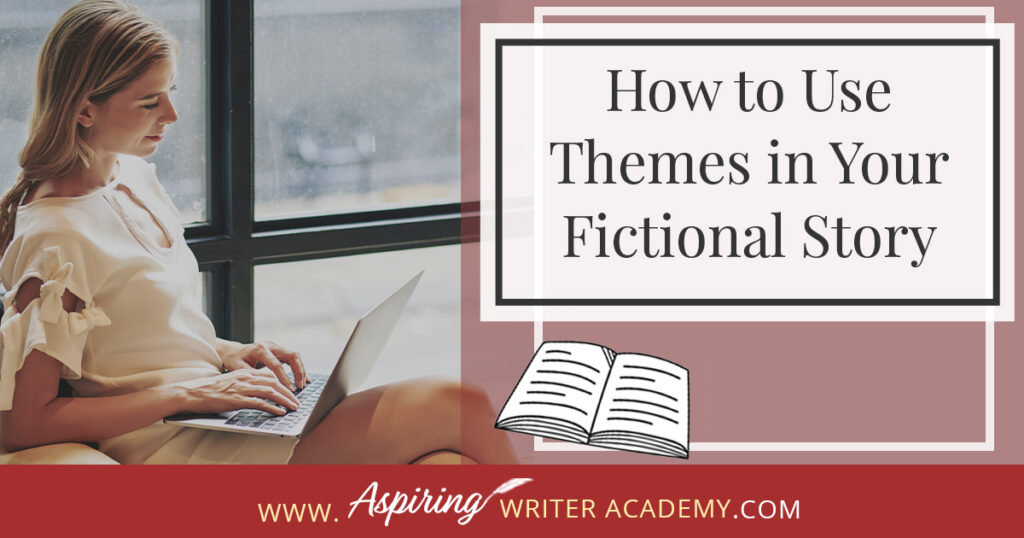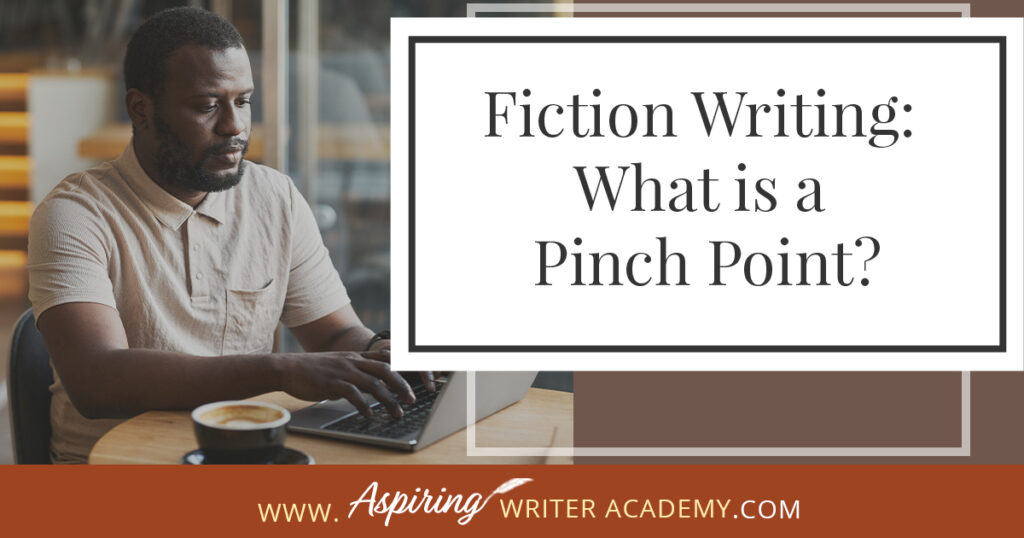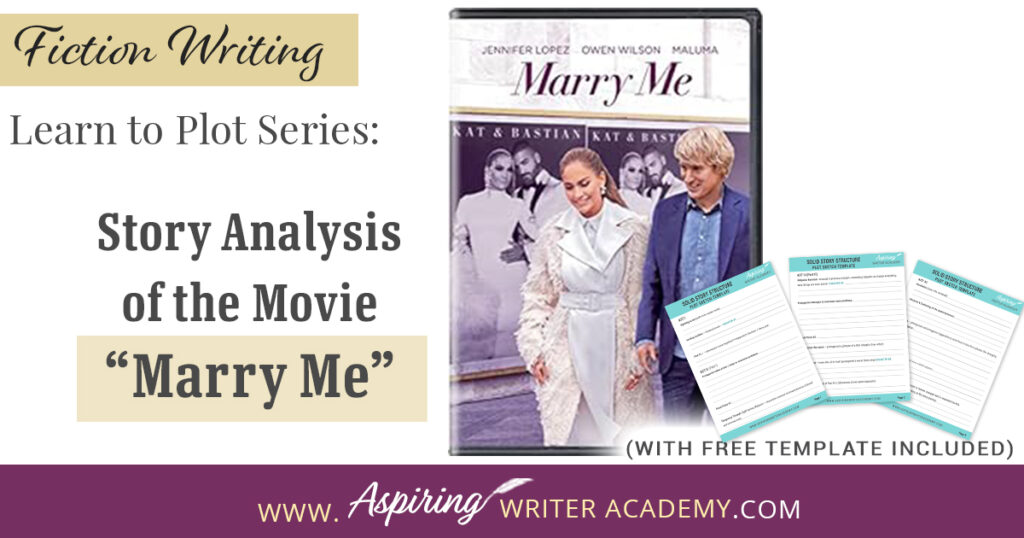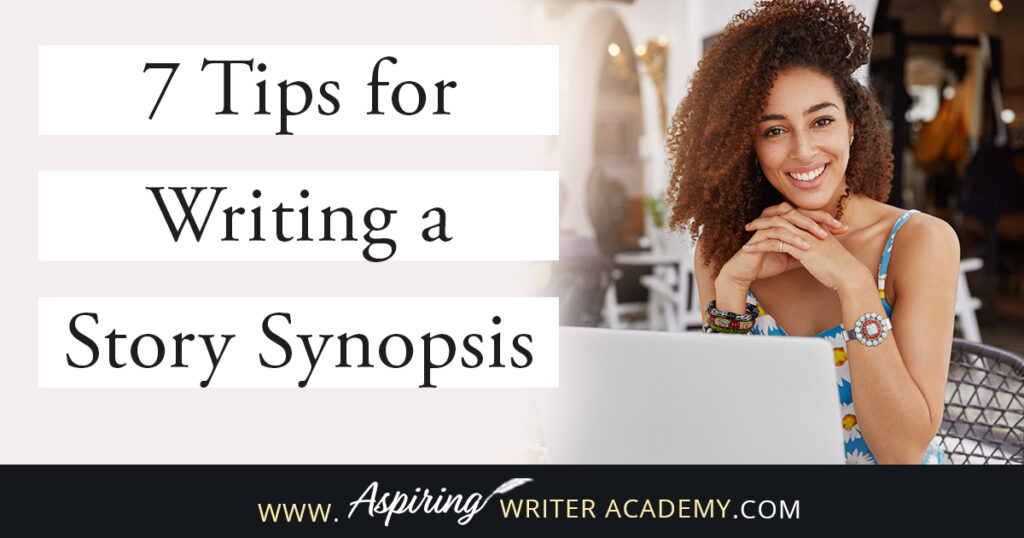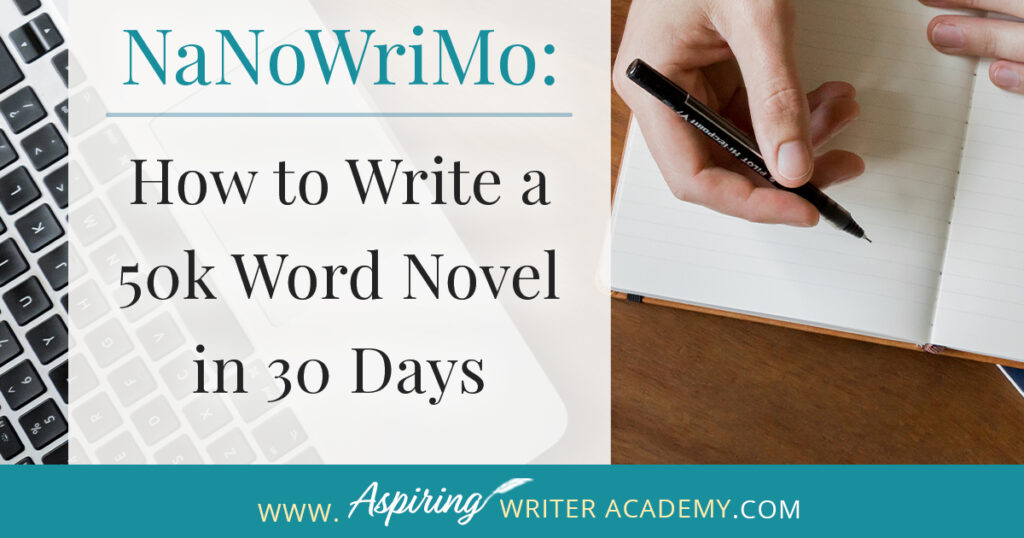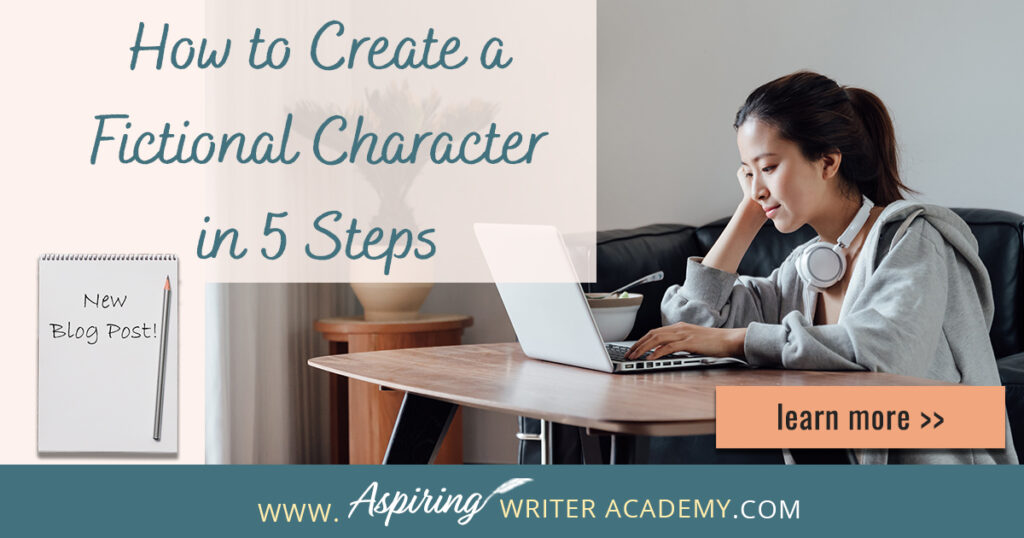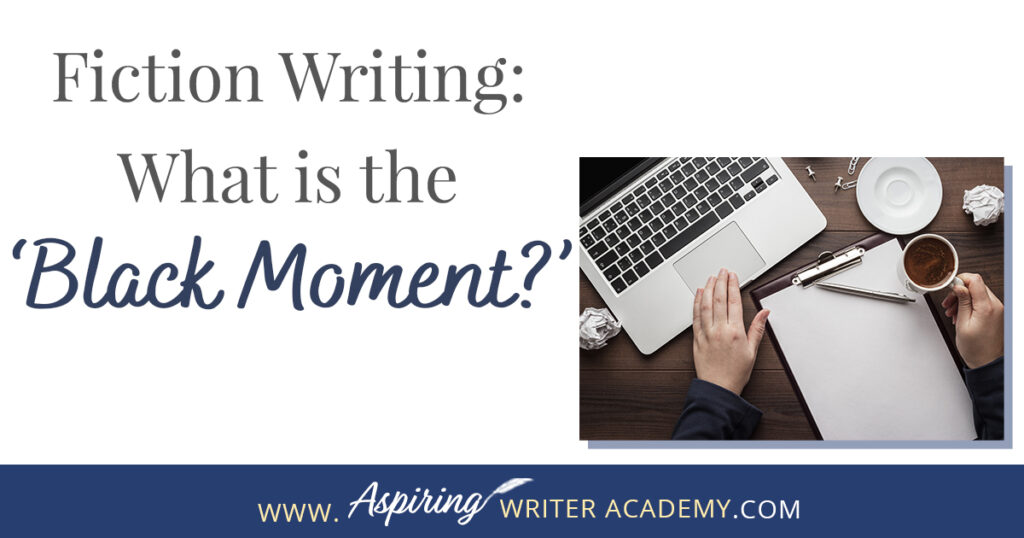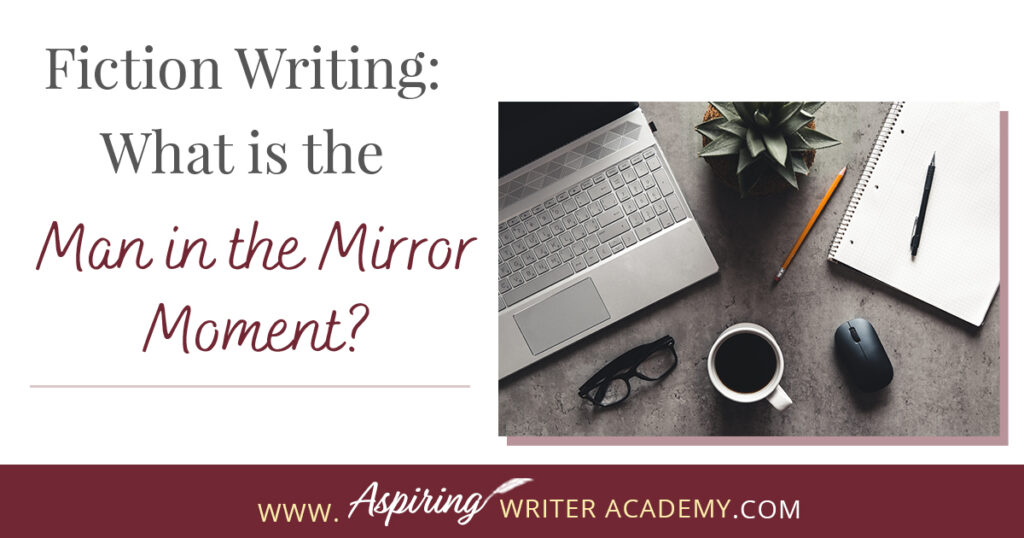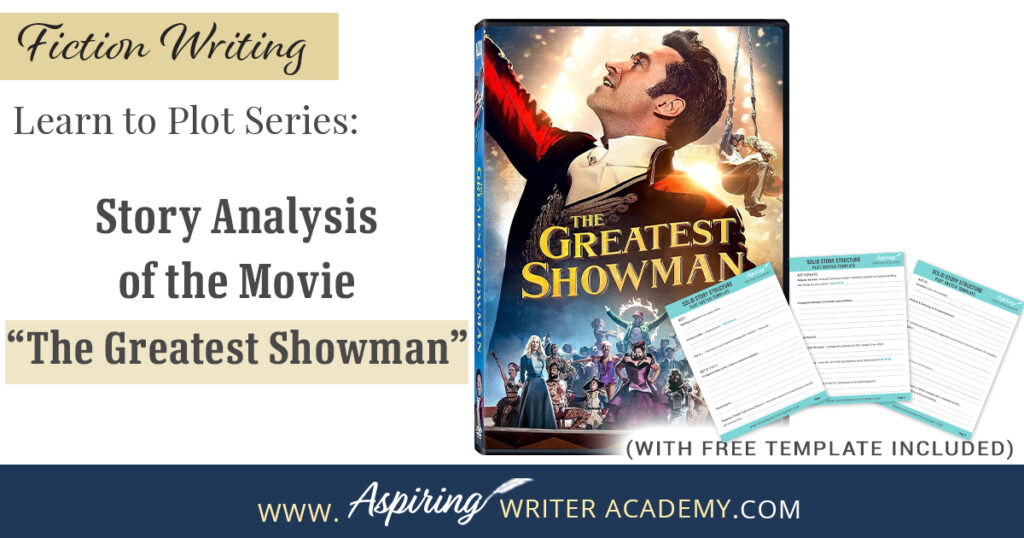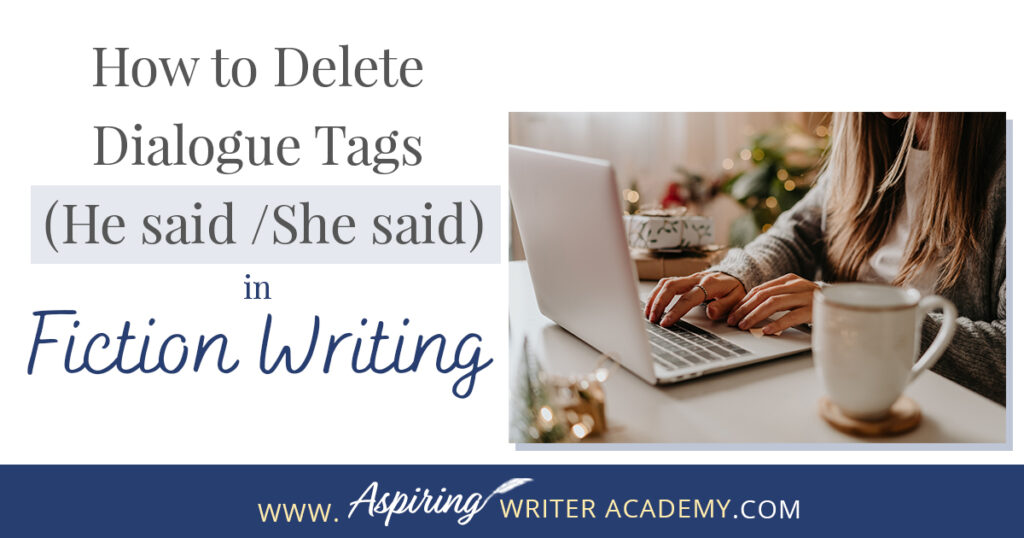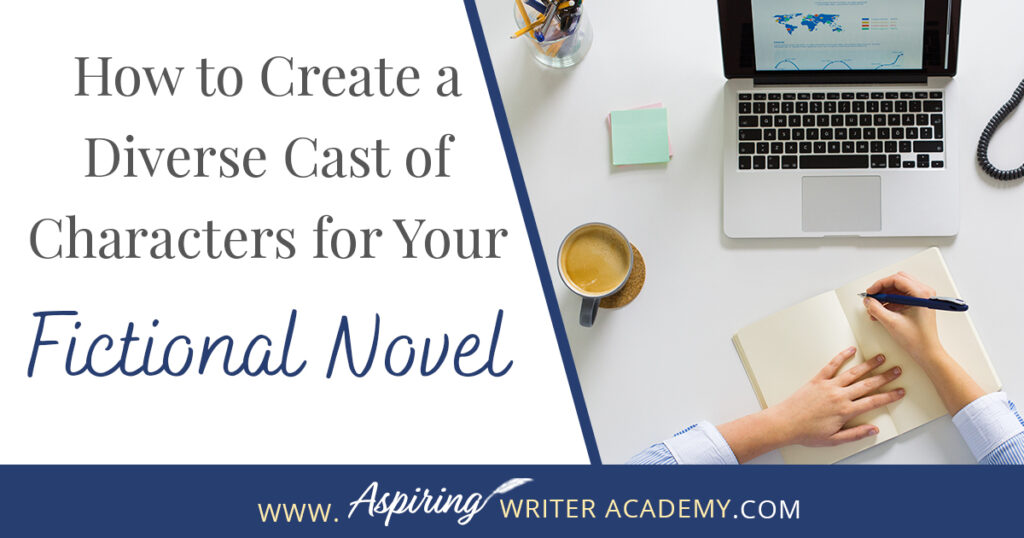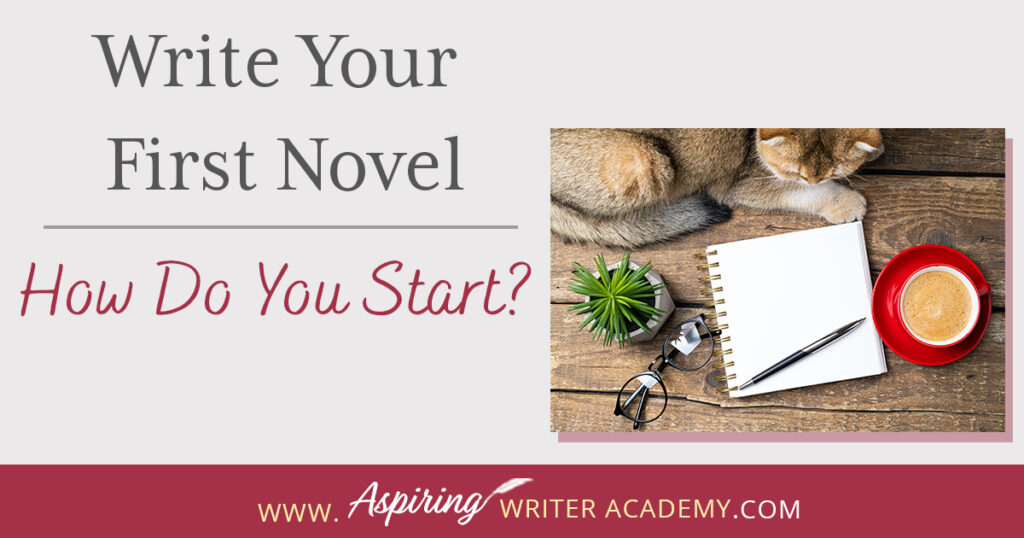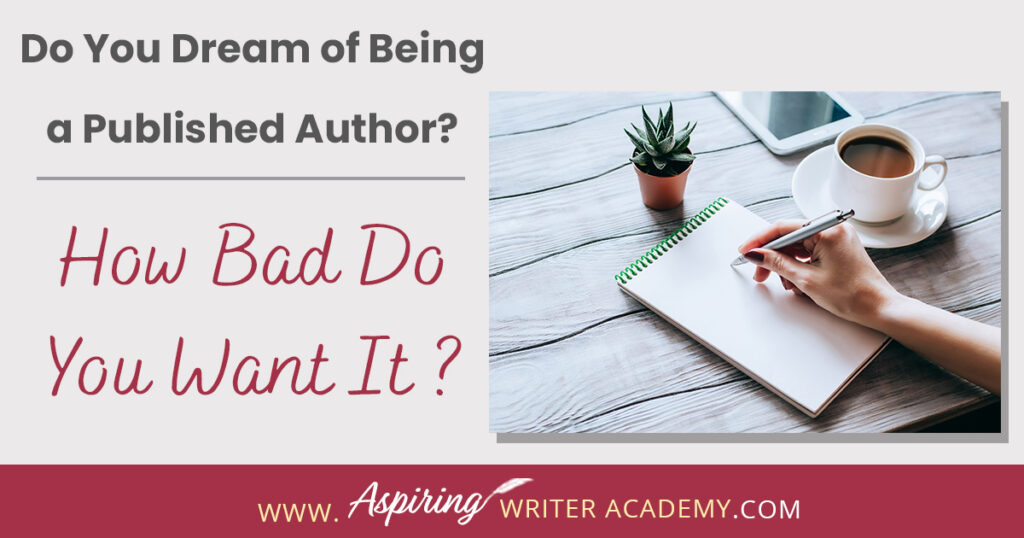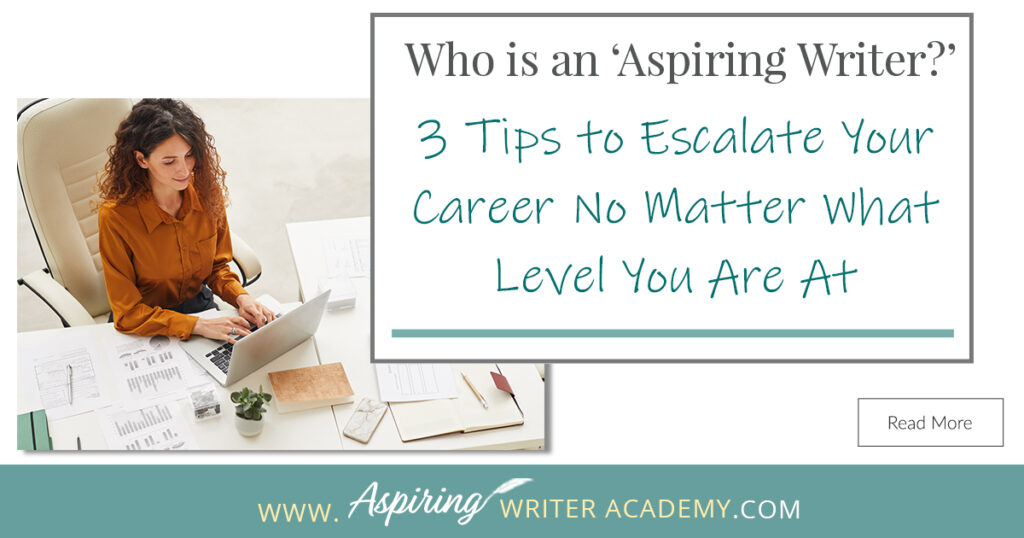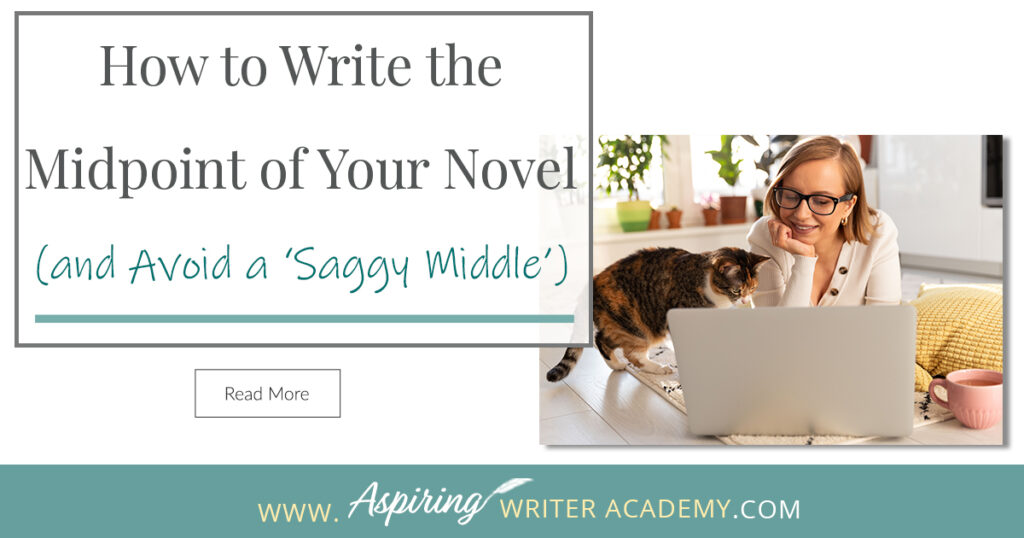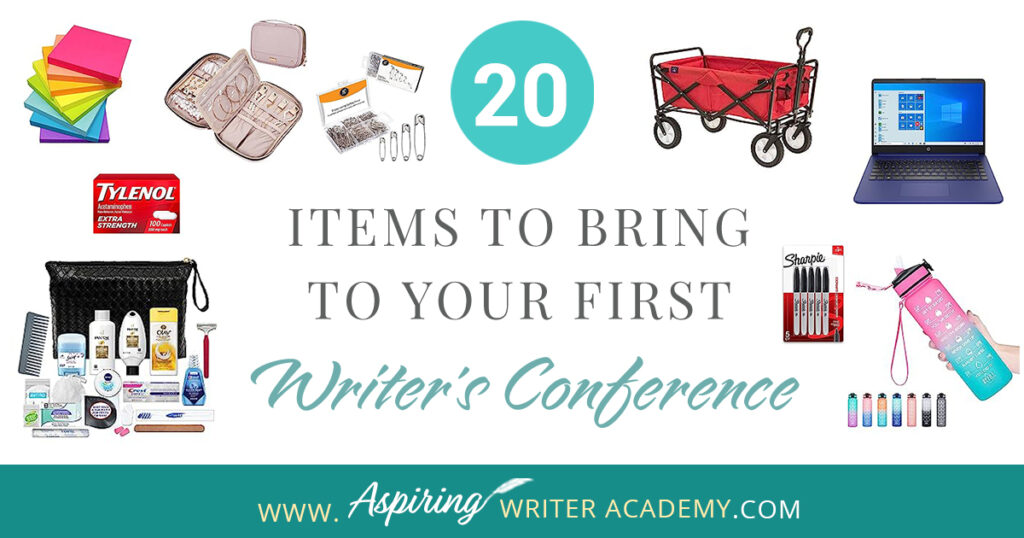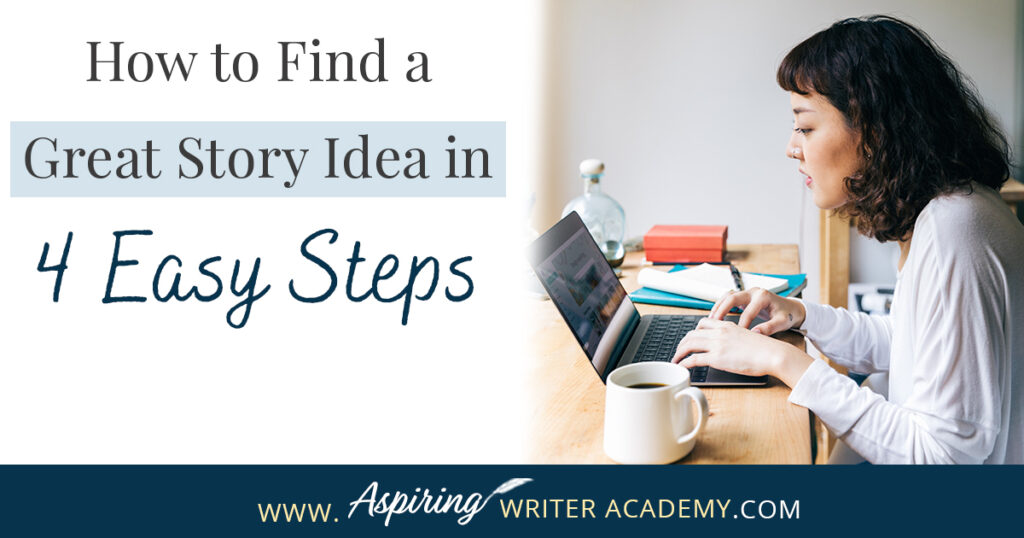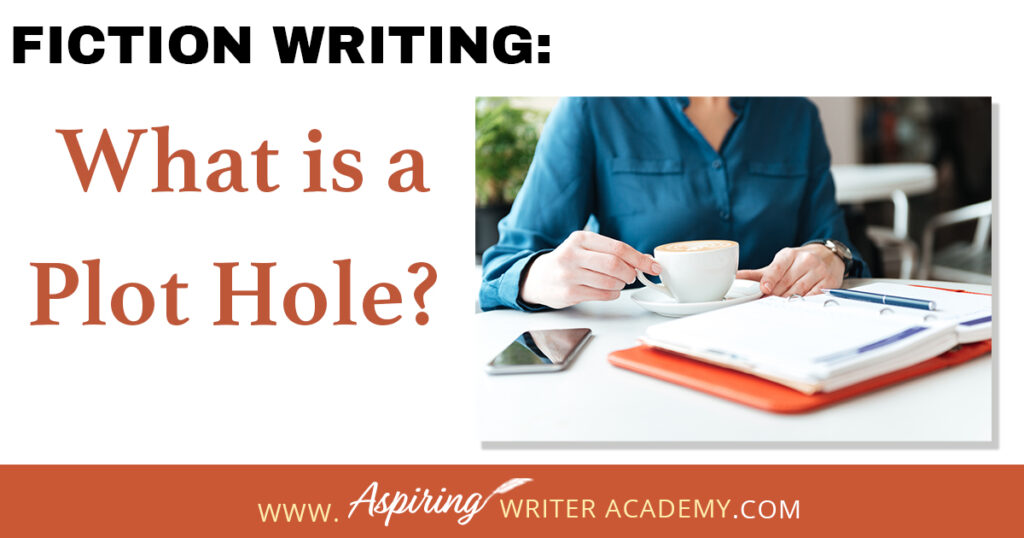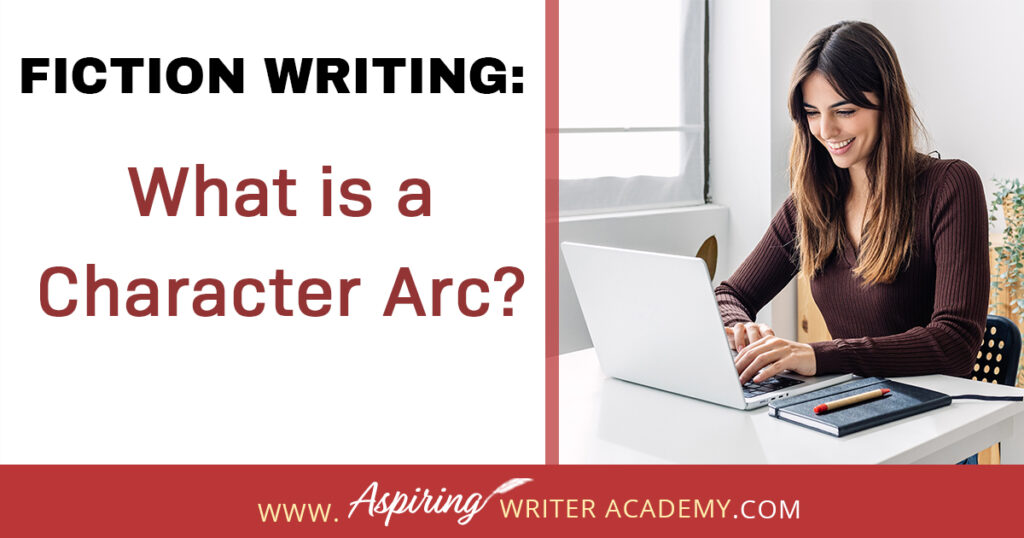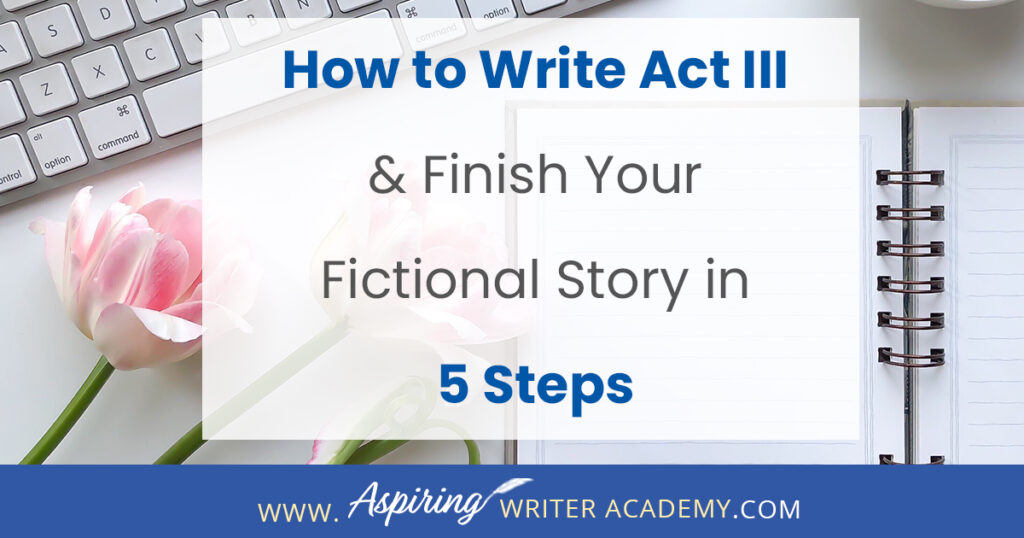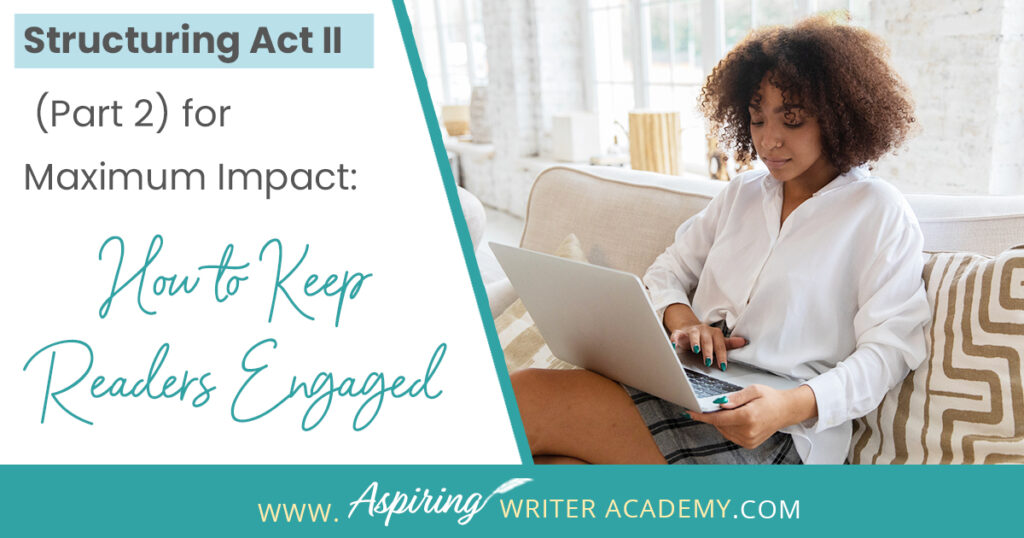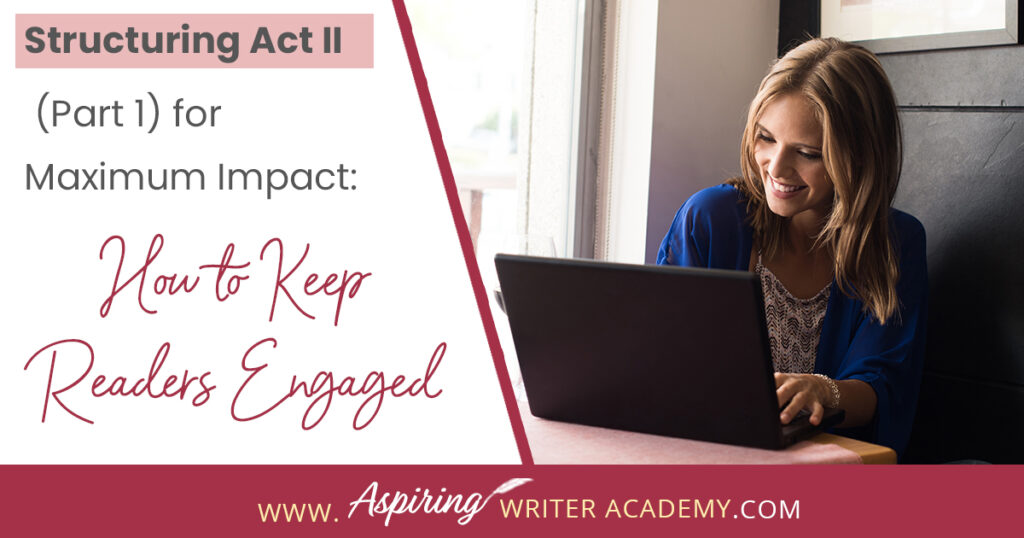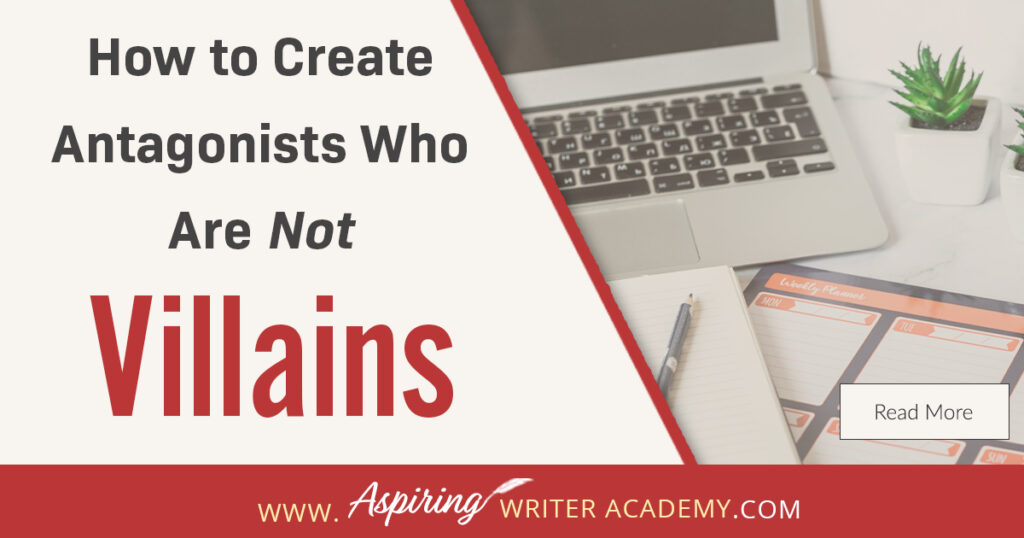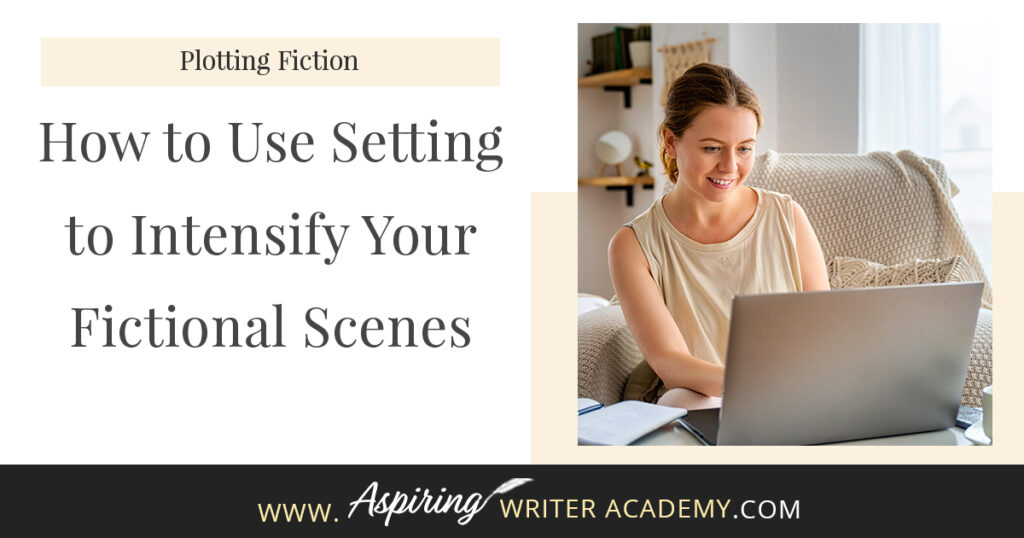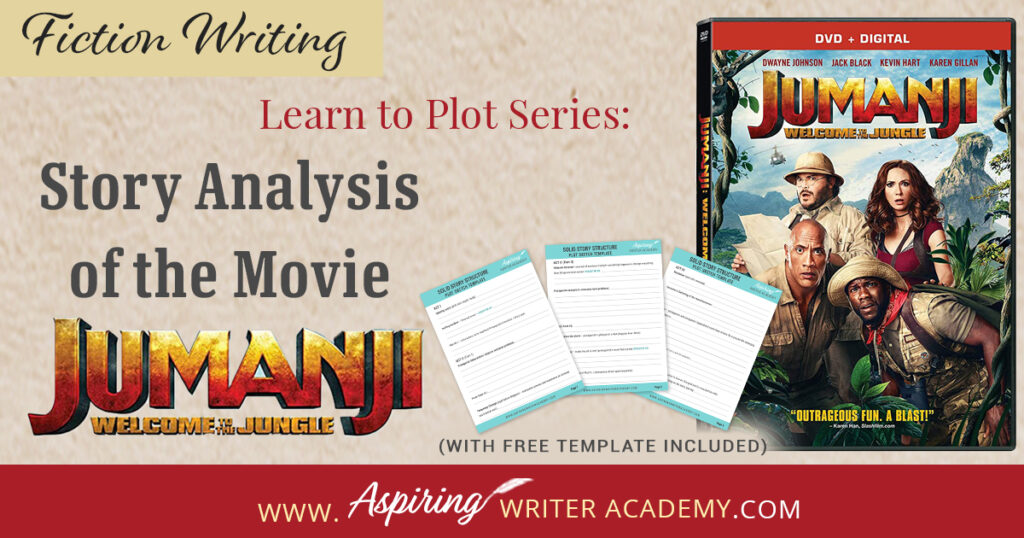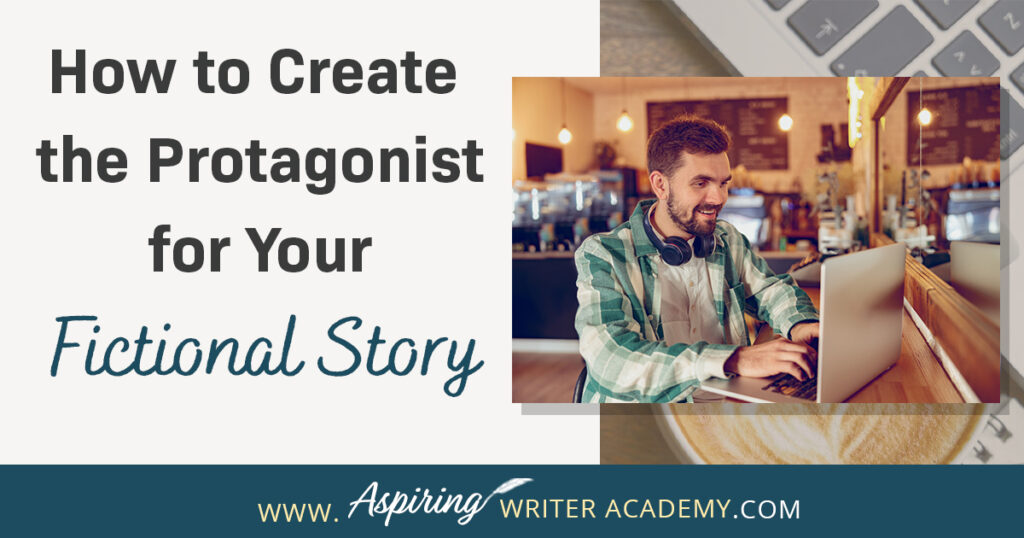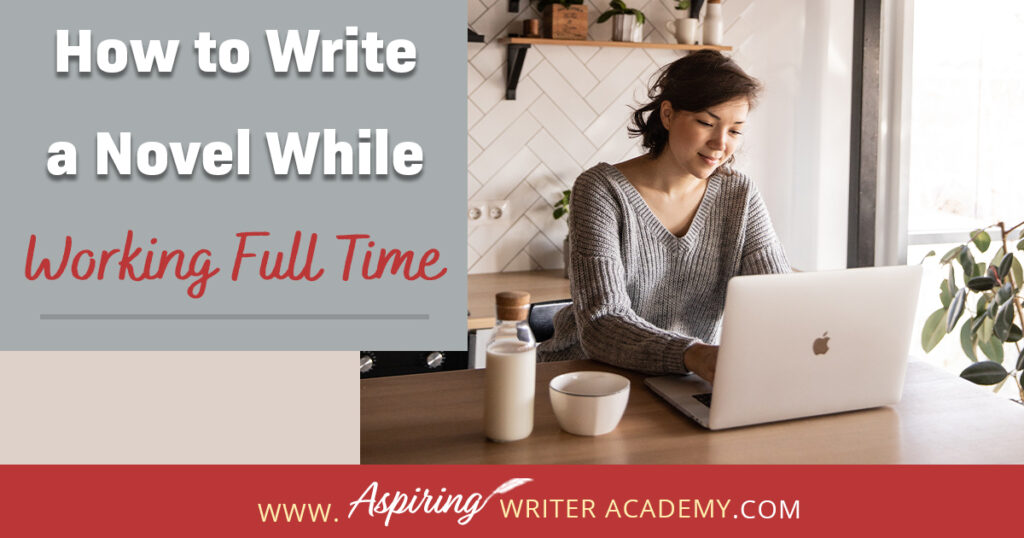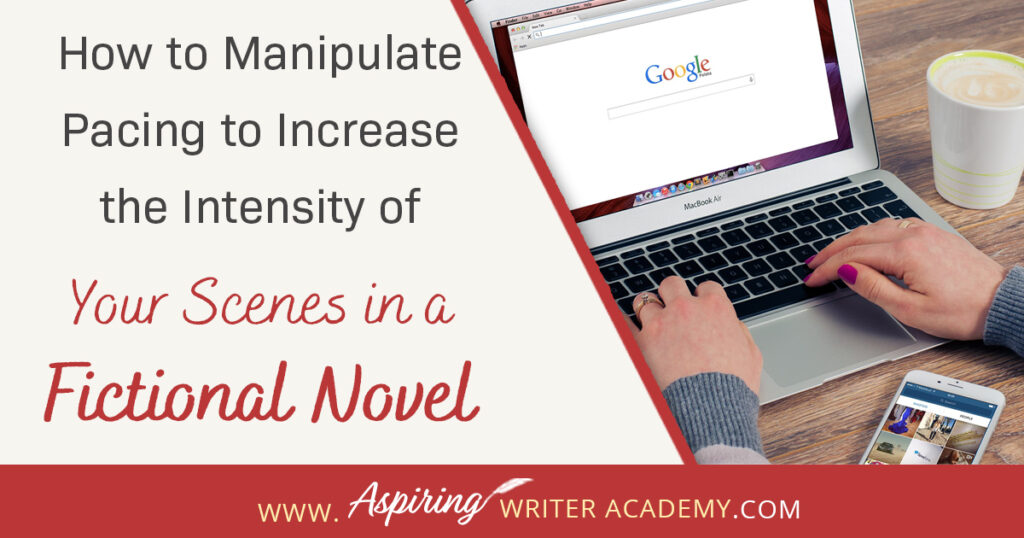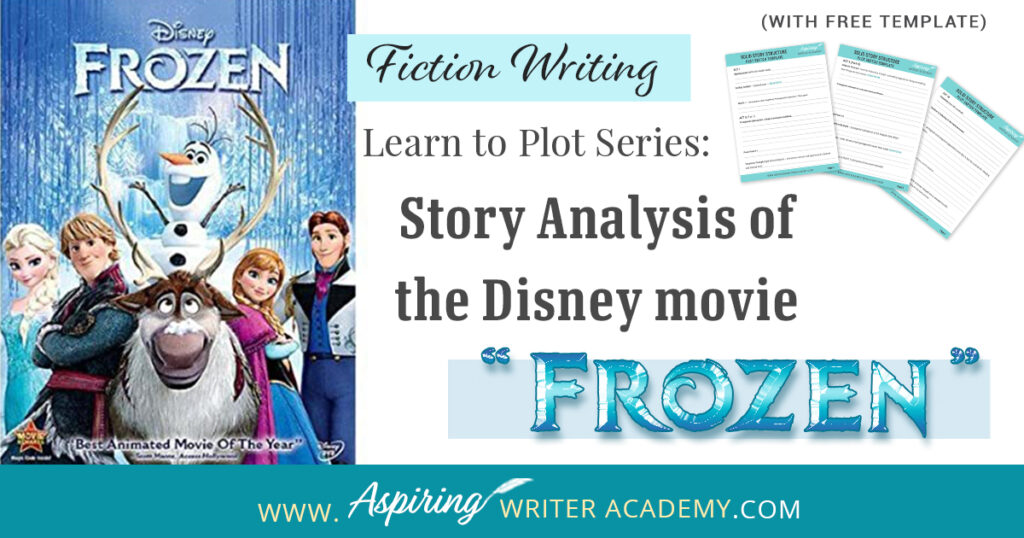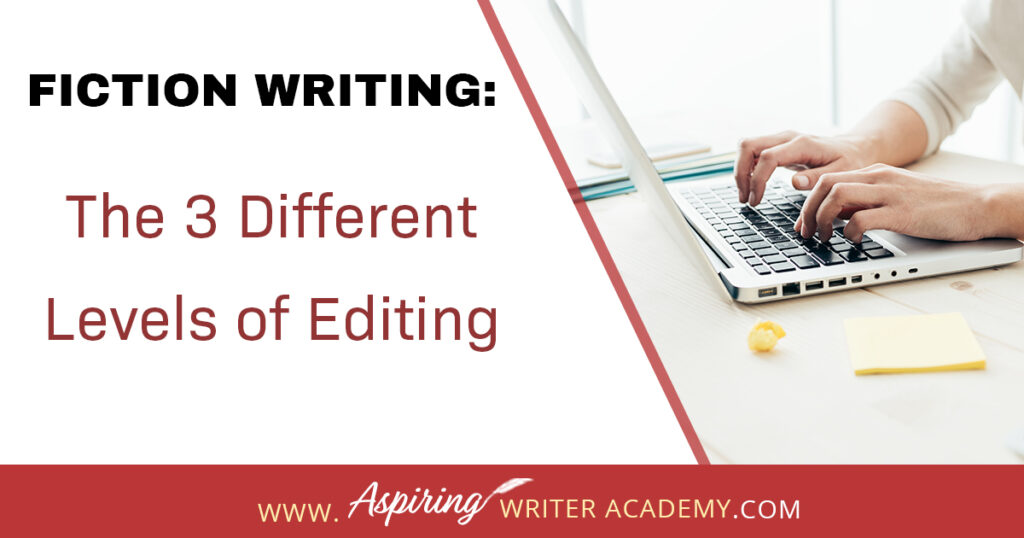Posts by Darlene Panzera
How to Use Themes in Your Fictional Story
Do you know your story’s theme? Or the difference between a theme and a moral? A theme is the glue that holds your story together and without one, your readers may find themselves scratching their heads wondering what your story is really about.
In our post, How to Use Themes in Your Fictional Story, we give examples of theme, how to weave theme into your story for greater focus, and the right and wrong way to reveal theme at the end of your fictional masterpiece.
Fiction Writing: What is a Pinch Point?
As an aspiring writer, it is hard enough to learn how to develop an interesting character and plot a fictional story that captures a reader’s interest. But what is a pinch point? How many are there in a fictional story and how are they used? Many seasoned writers do not even know!
In Fiction Writing: What is a Pinch Point? we demystify the term and show how inserting significant emotion-packed pinch points into your fictional story can help motivate characters to pursue their story goal.
Read MoreLearn to Plot Fiction Writing Series: Story Analysis of the movie “Marry Me”
The best way to learn story structure is to analyze good stories. Can you readily identify each plot point in every movie you see or book you read? Or do terms like ‘inciting incident,’ ‘midpoint reversal,’ and ‘black moment’ leave you confused? In our Learn to Plot Fiction Writing Series: Story Analysis of the movie “Marry Me” we show you how to recognize each element and provide a Free Plot Template so you can draft satisfying, high-quality stories of your own.
Read More7 Tips for Writing a Story Synopsis
Ask any writer about the dreaded story ‘synopsis’ and you will most likely hear lots of moans and groans. How do you condense the plot of an entire book into just 2 or 3 pages? What should be included? How should it be formatted? How should characters be introduced?
Join us as we discuss 7 Tips to Write a Story Synopsis to help simplify the process so that you can confidently and successfully write a story synopsis with ease.
Read MoreNaNoWriMo: How to Write a 50k Word Novel in 30 Days
November is National Novel Writing Month, a time when thousands of writers around the world will attempt to write a 50,000-word novel in 30 days. You can sign up for the free challenge at https://nanowrimo.org/ and use their digital graphs and charts to track your progress and keep you accountable each day. But how can you write a novel so quickly? In our post, NaNoWriMo: How to Write a 50k Word Novel in 30 Days, we give you a list of helpful tips to keep you on target and finish a winner!
Read MoreHow to Create a Fictional Character in 5 Steps
If you are just starting to write a novel, you may have come across character questionnaires to help you brainstorm basic information for your story cast, but how do you truly flesh out your characters on a deeper level? How do you make your characters jump off the page and feel “real?”
In How to Create a Fictional Character in 5 Steps, we give you more than just the average list of questions to think about so that you can create characters your readers will love.
Read MoreFiction Writing: What is the ‘Black Moment?’
The ‘Black Moment’ is a major turning point in a fictional story where the main characters lose hope. They have struggled to achieve a specific goal and at this dark, bleak moment something happens, either triggered by the opposition or by their own weaknesses that cause them to believe they’ve failed and ‘all is lost.’
In Fiction Writing: What is the ‘Black Moment?’ we give you tips and illustrative examples to help you create a fabulous Black Moment scene of your own.
Read MoreFiction Writing: What is the ‘Man in the Mirror Moment?’
Do you have a ‘man in the mirror moment’ in your fictional novel? Can you readily identify this pivotal moment in movies or other author’s fiction? Not only is it a turning point in the protagonist’s character arc, but it drives the external storyline forward during the second half of Act II.
In our post, Fiction Writing: What is the ‘Man in the Mirror Moment?’ we explain what this term means and how you can strategically use it to strengthen your entire novel.
Read MoreLearn to Plot Fiction Writing Series: Story Analysis of the movie “The Greatest Showman”
The best way to learn story structure is to analyze good stories. Can you readily identify each plot point in every movie you see or book you read? Or do terms like ‘inciting incident,’ ‘midpoint reversal,’ and ‘black moment’ leave you confused?
In our Learn to Plot Fiction Writing Series: Story Analysis of the movie “The Greatest Showman” we show you how to recognize each element and provide a Free Plot Template so you can draft satisfying, high-quality stories of your own.
Read MoreHow to Delete Dialogue Tags (He said /She said) in Fiction Writing
The goal of writing a fictional novel is to give your readers a unique, emotional experience. However, if there are too many clunky dialogue tag interruptions meant to identify which character is speaking, the reader may become frustrated and put the book down.
In our post, How to Delete Dialogue Tags (He said / She said) in Fiction Writing, you will learn various methods to make the verbal exchanges in your writing smoother, stronger, and more engaging for the reader.
Read MoreHow to Create a Diverse Cast of Characters for Your Fictional Novel
Have you read a book where all the characters sound the same and you have trouble remembering who is who? Without dialogue tags, would you know which fictional character is speaking? How can an author create characters that are unique?
In our post, How to Create a Diverse Cast of Characters for Your Fictional Novel, we show you how to intentionally design characters who contrast with one another in various ways to create additional conflict and raise the tension in the plot.
Read MoreWrite Your First Novel: How Do You Start?
Are you finally ready to write that book you always wanted to write one day? Great! How do you start? Who should be your main character? What will the story be about? Does there have to be a villain? When and where should the story take place?
In our post, Write Your First Novel: How Do You Start? we help you choose your main character, pinpoint the opposition, and create a story that you will be excited to write!
Read MoreDo You Dream of Being a Published Author? (How Bad Do You Want It?)
Many people say they would like to write a book or become a published author but only about 2 percent actually do the work to get it done. If you have the burning passion to write and publish your story and build a writing career, then you will need to take specific steps to separate yourself from the ‘hobbyists.’
In our post, Do You Dream of Being a Published Author? (How Bad Do You Want It?) we give you three tips to help make your dream come true.
Read MoreWho is an ‘Aspiring Writer?’ 3 Tips to Escalate Your Career No Matter What Level You Are At
Are you an ‘aspiring writer?’ Or do you think that term only applies to newbies? It is surprising how many writers sabotage their careers because they think they know everything they need to know while successful writers recognize that you should never stop learning.
In our post, Who is an ‘Aspiring Writer?’ 3 Tips to Escalate Your Career No Matter What Level You Are At, we discuss the habits of successful writers so you can stand out from the crowd and become one too!
Read MoreHow to Write the Midpoint of Your Novel (and Avoid a ‘Saggy Middle’)
Do your novels begin full steam with a lot of energy and momentum only to fizzle out by the book’s middle? If repeated, you may soon have a whole drawer of brilliant starts but no finished projects. So how do you avoid writing a ‘saggy middle?’
In our post, How to Write the Midpoint of Your Novel (and Avoid a ‘Saggy Middle’), we give you a template to slingshot your story over that dreaded hump and straight into the second half so you can keep writing and finally get to ‘The End!’
Read More20 Items to Bring to Your First Writer’s Conference
Attending a writer’s conference is one of the best things you can do to either launch or advance your writing career. But what should you bring? Do you need a notebook or a laptop? Do you need business cards? How should you dress? What if you are published and need to bring books for the conference book table? Which items are beneficial, and which should you leave at home?
Our post, 20 Items to Bring to Your First Writer’s Conference, offers a valuable checklist to help put your mind at ease.
Read MoreHow to Find a Great Story Idea in 4 Easy Steps
How do you come up with new story ideas for a fictional novel? Do you start with a situation or a character or with a concept, theme, or location? How do you know if you have a solid story idea? What information is needed to get started?
In our post, How to Find a Great Story Idea in 4 Easy Steps, we lay out the four components that will help you create a working story idea that you can turn into a fictional novel.
Read MoreFiction Writing: What is a Plot Hole?
As its name suggests, a plot hole is a missing piece of your novel that trips up your reader. The story is progressing smoothly and then all the sudden something just doesn’t make sense. This breaks trust with your reader, who now finds the story unbelievable.
How do you know if your story has holes in the plot? In Fiction Writing: What is a Plot Hole? we discuss the various kinds of plot holes so you can eradicate them from your writing and keep your audience enthralled.
Read MoreFiction Writing: What is a Character Arc?
In the best stories, the protagonist (main character) undergoes change as he or she struggles to meet challenges, resolve conflict, and achieve the story goal. The character may overcome a weakness or have a change of heart or point of view, but he is not the same person at the end of the story as he was at the beginning. The story-journey changes him.
In our post Fiction Writing: What is a Character Arc? we help you create character change that is both incremental and believable.
Read MoreHow to Write Act III and Finish Your Fictional Story in 5 Steps
What is included in Act III of a Fictional Novel?
In Act III, new information is revealed, prompting the protagonist to make a decision to regather the team or needed resources in preparation for the climax where there will be a face-to-face confrontation with the antagonist or villain, leading to the story resolution.
In our post, How to write Act III and Finish Your Fictional Story in 5 Steps, we simplify the entire process and help you bring your story to a satisfying conclusion.
Structuring Act II (Part 2) for Maximum Impact: How to Keep Readers Engaged
When using the 3-Act-Structure in fiction writing, Act I begins the story, and Act III contains the story ending. But what happens in the middle of the story? Are there specific turning points that should be included?
In Structuring Act II (Part 2) for Maximum Impact: How to Keep Readers Engaged, we cover the key components of the second half of Act II, from the Midpoint Reversal to Plot Point II, to help you create a memorable fictional story to keep readers engaged and turning pages.
Read MoreStructuring Act II (Part 1) for Maximum Impact: How to Keep Readers Engaged
When using the 3-Act-Structure in fiction writing, Act I begins the story, and Act III contains the story ending. But what happens in the middle of the story? Are there specific turning points that should be included?
In Structuring Act II (Part 1) for Maximum Impact: How to Keep Readers Engaged, we cover the key components of the first half of Act II from the Inciting Incident to the Novel Midpoint to help you create a memorable fictional story to keep readers engaged and turning pages.
Read MoreHow to Create Antagonists Who Are Not Villains
A good fictional story will follow the journey of a main character (protagonist) who is trying to achieve a specific goal. The opposition, (or antagonist), will try their best to stop the main character from achieving that goal. The question is why?
What if each point of view is equally valid? What if the antagonist is not a villain?
In our post, How to Create Antagonists Who Are Not Villains, we show you how to write realistic conflict that will intensify your fictional novel.
Read MoreHow to Use Setting to Intensify Your Fictional Scenes
While it is important to focus on the characters and plot of your fictional story, how much attention do you give to the setting? Do you use the weather to depict mood a little too often? Are your scene details randomly inserted without any real purpose or meaning?
In How to Use Setting to Intensify Your Fictional Scenes, we help you create unique settings that work on multiple levels to enhance the scene, reveal your character’s personality, and build intensity into each story conflict.
Read MoreLearn to Plot Fiction Writing Series: Story Analysis of the movie “Jumanji: Welcome to the Jungle”
The best way to learn story structure is to analyze good stories. Can you readily identify each plot point in every movie you see or book you read? Or do terms like ‘inciting incident,’ ‘midpoint reversal,’ and ‘black moment’ leave you confused?
In our Learn to Plot Fiction Writing Series: Story Analysis of the movie “Jumanji: Welcome to the Jungle” we show you how to recognize each element and provide a Free Plot Template so you can draft satisfying, high-quality stories of your own.
Read MoreHow to Create the Protagonist for Your Fictional Story
Are you interested in writing a novel but struggle with a story idea or how to develop your main character? What should your character look like? What factors should you consider when creating their personality? How does the story influence character and character influence story?
In our post, How to Create the Protagonist for Your Fictional Story, we lead you step-by-step in the development of a main character your readers will relate to, root for, and enjoy.
Read MoreHow to Write a Novel While Working Full Time
Writing a novel while working full time or raising small children or caring for aging parents is no small feat. So how do you do it? How do you find time to write when your schedule is already filled? How do you make forward progress without feeling overwhelmed?
In our post, How to Write a Novel While Working Full Time, we give valuable tips and resources to help you balance your work schedule with your writing so you can finally finish that coveted manuscript.
Read MoreHow to Manipulate Pacing to Increase the Intensity of Your Scenes in a Fictional Novel
Are there sections in your story that are moving too slow? Do you feel like your scenes are not climatic enough? With the right techniques, you can use pacing to slow a story down or to speed a story up, depending on what is required for each scene. What you do not want, is to have the wrong pacing at the wrong time.
Follow along as we show you How to Manipulate Pacing to Increase the Intensity of Your Scenes in a Fictional Novel to help you write a novel that your reader can not put down.
Read MoreLearn to Plot Fiction Writing Series: Story Analysis of the Disney movie “Frozen”
The best way to learn story structure is to analyze good stories. Can you readily identify each plot point in every movie you see or book you read? Or do terms like ‘inciting incident,’ ‘midpoint reversal,’ and ‘black moment’ leave you confused?
In our Learn to Plot Fiction Writing Series: Story Analysis of the Disney movie “Frozen” we will show you how to recognize each element and provide you with a Free Plot Template so you can draft satisfying, high-quality stories of your own.
Read MoreFiction Writing: The 3 Different Levels of Editing
What is the best way to edit a manuscript? Do you even know where to start? Are you familiar with the difference between revisions, line edits, and copy edits?
In our post, Fiction Writing: 3 Levels of Editing Your Story, we discuss the various phases of editing with checklists to help you get started so you can make your novel the best it can be!
Read More